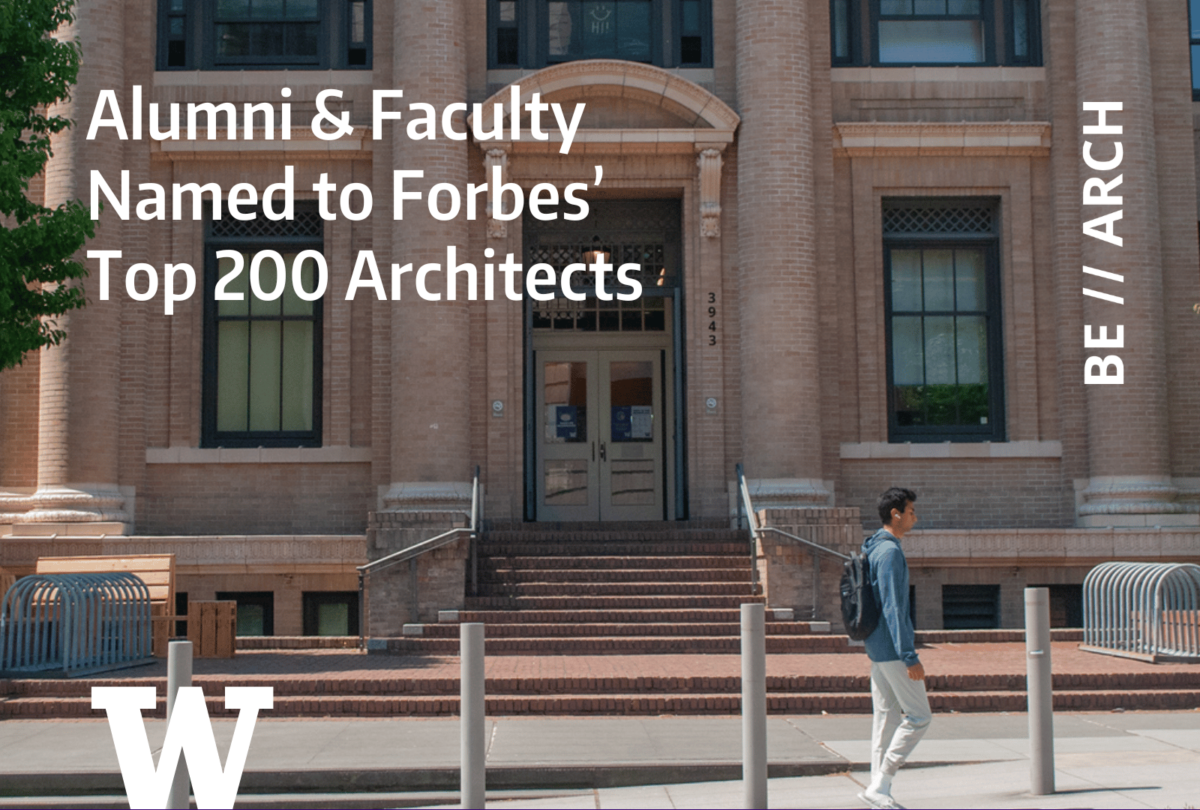Posted on February 5, 2025
Post categories: Alumni & Industry Architecture Faculty Honors & Awards

Twelve alumni and faculty from the Architecture Department have been named to Forbes’ inaugural list of America’s Top 200 Residential Architects, celebrating the exceptional talent and influence of our community in residential design.
The recognized alumni and faculty are:
Rick Mohler, Chair of the Department of Architecture, shared: “It’s exciting to see our alumni and faculty celebrated for their excellence in residential architecture. This national recognition reflects the strength of our department’s commitment to innovation and design quality.”
Congratulations to our alumni and faculty on this well-deserved recognition. We look forward to their continued impact in the field of architecture.